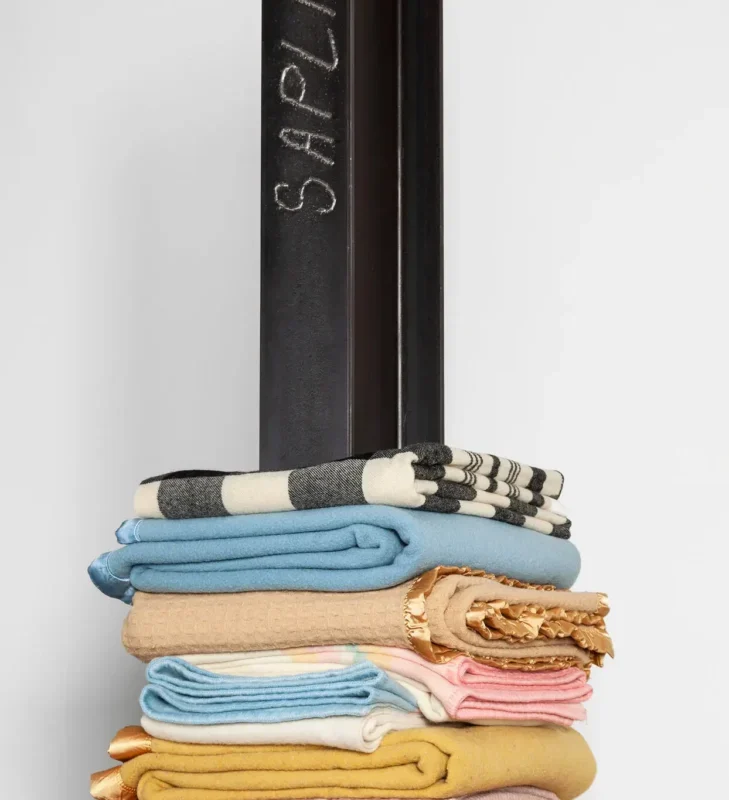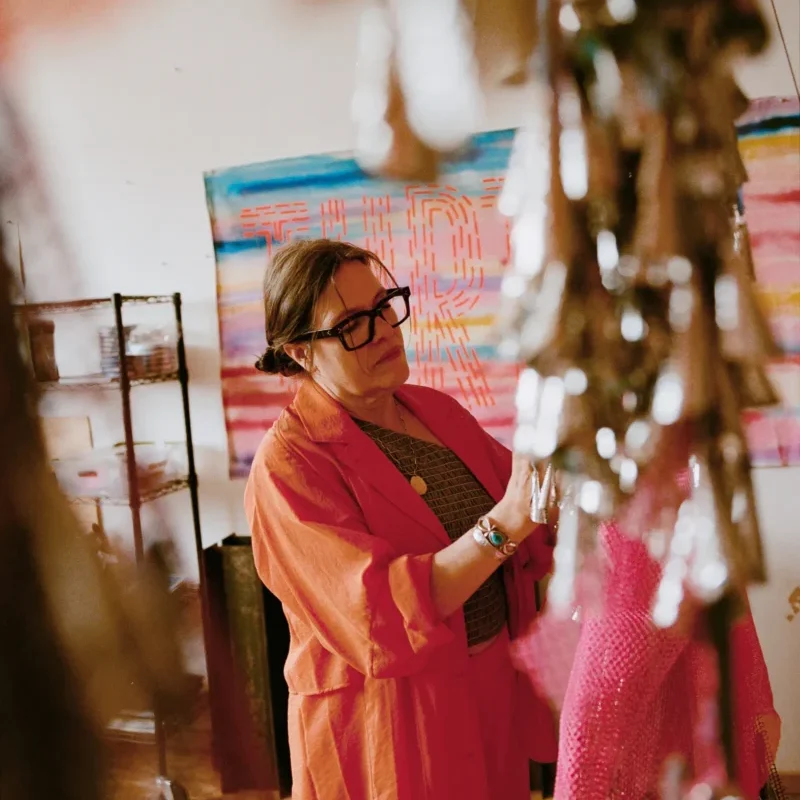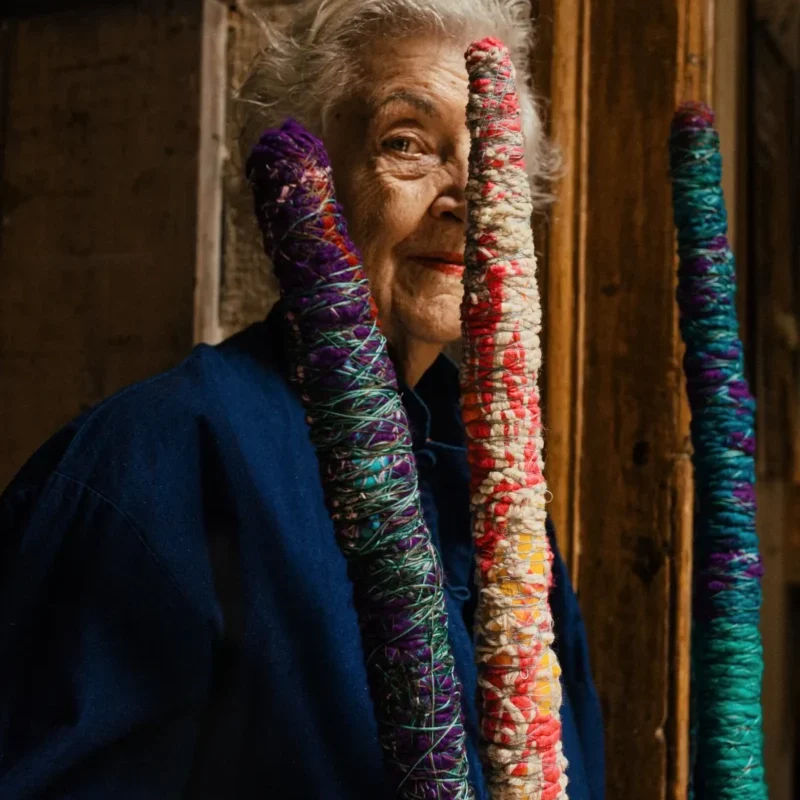The New York Times: Fiber Art Is Finally Being Taken Seriously
Featured photo: Sheila Hicks, photographed at her studio in Paris on June 21,2023. Credit Antoine Henault. Copyright NY Times
Source: NEWYORK TIMES, for the ART AND LITERATURE column:
Long caught in the liminal space between craft and something more prestigious, works of thread and fabric are reaching newfound institutional recognition..
IN FEBRUARY OF 1969, by a first-floor window that looked out on 53rd Street, the Museum of Modern Art in New York installed a work by a then-34-year-old artist named Sheila Hicks called “The Evolving Tapestry: He/She” (1967-68). Made of more than 3,000 “ponytails” of linen thread, as the artist called them, stitched together and piled atop one another, it looked at first glance like something one might encounter in a commercial fabric store. Neither traditional sculpture nor painting, it conjured both, a monumental object made from the humblest materials.
The show that featured Hicks’s work, “Wall Hangings,” was a rare American institutional endorsement of artists who make ambitious work out of fiber and broadened the idea of what art could be. Most of the artists included were women. But the exhibition received only one major review, in the niche publication Craft Horizons, by the sculptor Louise Bourgeois. At the time, Bourgeois, who also had work on display at MoMA in 1969, was making bulbous bronze, plaster and marble sculptures that referenced the human body. Though she’d grown up working in her parents’ tapestry restoration studio outside of Paris, she wrote that, unlike a painting or sculpture, which “makes great demand on the onlooker at the same time that it is independent of him,” these works “seem more engaging and less demanding. If they must be classified, they would fall somewhere between fine and applied art.” They “rarely liberate themselves from decoration,” she concluded, deploying what might be art’s most insulting critical term.






